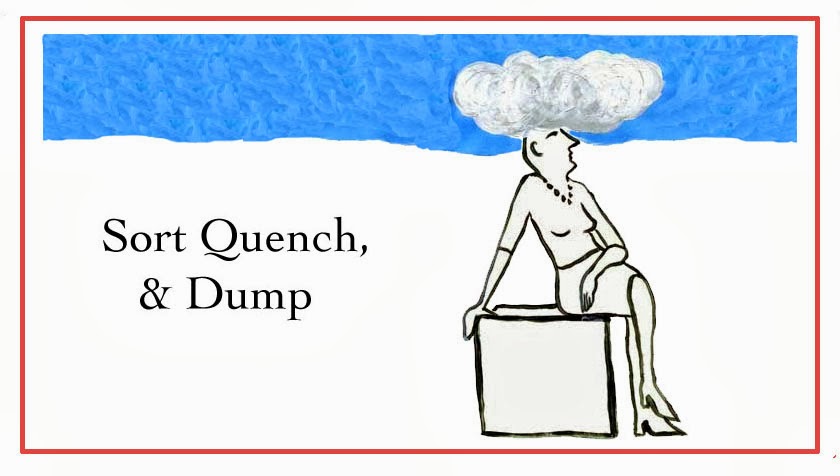Beaufort is known for its gorgeous antebellum homes in various states of decay and restoration (CSB prefers the elegant decay), and much as we love old houses we get sidetracked by the many political lawn signs bearing the name of a man who was once married to a very attractive friend of CSB’s younger sister. He has not forgotten her, the very attractive friend.
This was enough to set CSB to search for the whereabouts of this very attractive friend, whom we shall call Z D Spink. If you Google her name the very first two items to pop up are:
1. Her wedding announcement in the New York Times in 1982 to the man with the political lawn signs.
2. The legal record of a lawsuit, Spink vs Spink enacted about 3 years after their divorce.
And between those two items, in that white space on the screen, in the interstices of small print, lays the history of a marriage made and sundered, of lives derailed and rebooted. The stuff of stories.
Further investigations discover the successful business of Z D, now using her maiden name, and CSB sends her an email. Does she remember him, from back when was in boarding school and visited with the family, and he was the very tall and amusing older brother? She does indeed.
It is true that Charleston is full of history and old houses and excellent restaurants.
 But it has a dearth of public restrooms. In point of fact there are no public restrooms south of Broad Street. This is obviously very valuable information, and to aid the weary traveler, Historic Charleston has printed up a map indicating the public restrooms along with the aforementioned proviso. In my vast experience, this printed document constitutes an unrivalled public service.
But it has a dearth of public restrooms. In point of fact there are no public restrooms south of Broad Street. This is obviously very valuable information, and to aid the weary traveler, Historic Charleston has printed up a map indicating the public restrooms along with the aforementioned proviso. In my vast experience, this printed document constitutes an unrivalled public service. 
Having just visited one of the rare public restrooms, we are strolling through St Philip’s Graveyard, where several notables are buried, including John C. Calhoun. Like Abelard and Heloise his remains traveled quite a bit before being translated to their current home. I am tempted to relate to other cemetery tourists how Calhoun’s corpse’s travels resemble numerous stories of saints’ relics being transported across countries and oceans, often by miraculous means. CSB is not enthusiastic.

Then my cell phone chimes its generic tones. It is Bill P. calling, to let me know that the police have in fact hand-delivered to my mother notice that her driving license is revoked. She promptly announced to Bill that this is surely a egregious error, and that she plans to appeal the decision. Bill wants me to be forewarned.
A few other interesting items about Charleston:
The oldest house in the city is pink. Also pink are the high heels worn by CSB’s very attractive friend, as she bicycles around the city.

The first theater in the US is in Charleston, the Dock Street Theater. John Wilkes Booth’s father, Junius Brutus, plied the boards there in the 19th century, but no presidents were shot there.
On the corner of Church Street and Queen Street is a massive Gothic revival Huguenot Church, even though there are technically no more Huguenots. Anywhere.
I am learning to love fried green tomatoes.
*Translation: "That sister wanting religion was baptized."
















.jpg)








